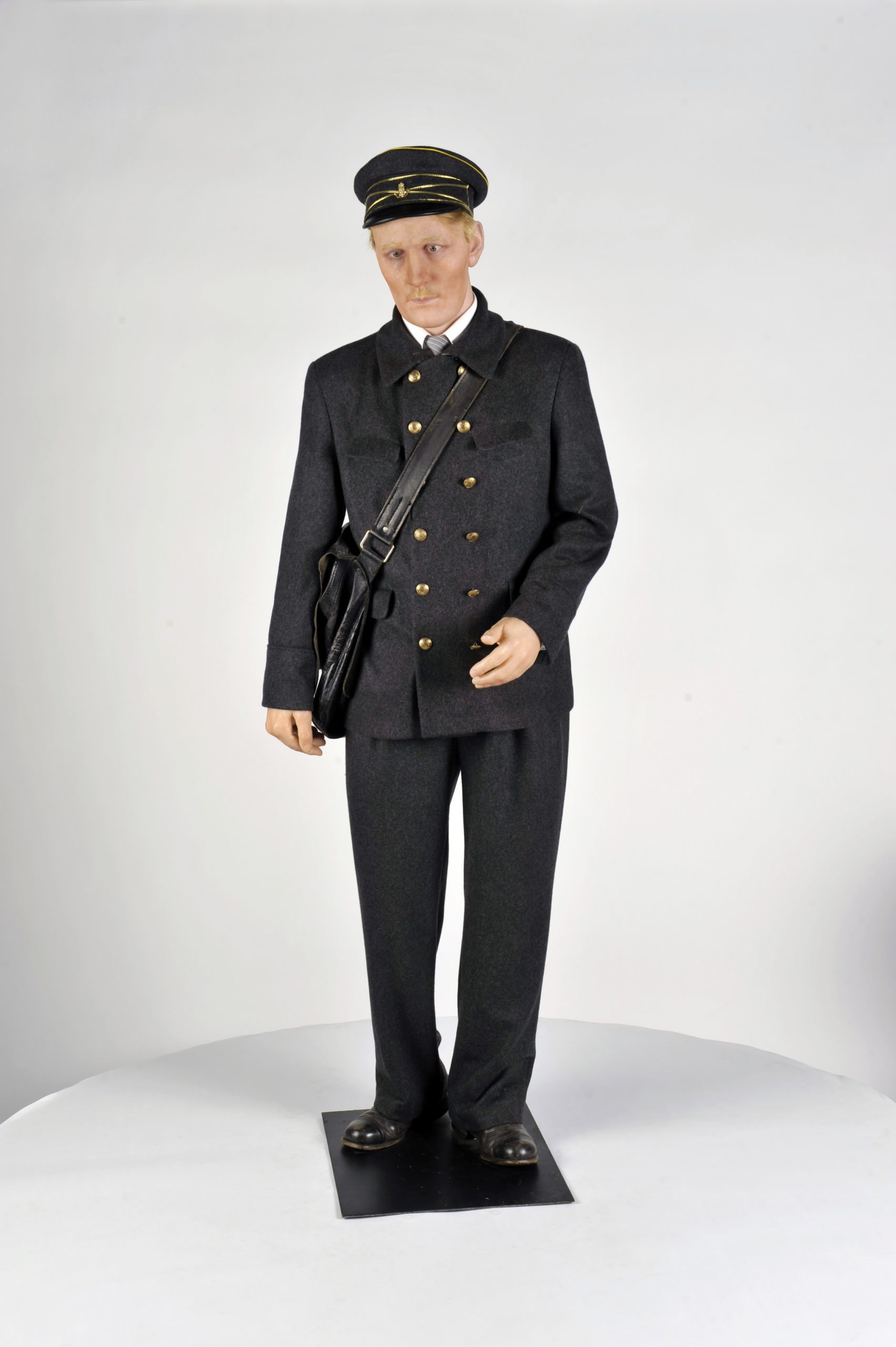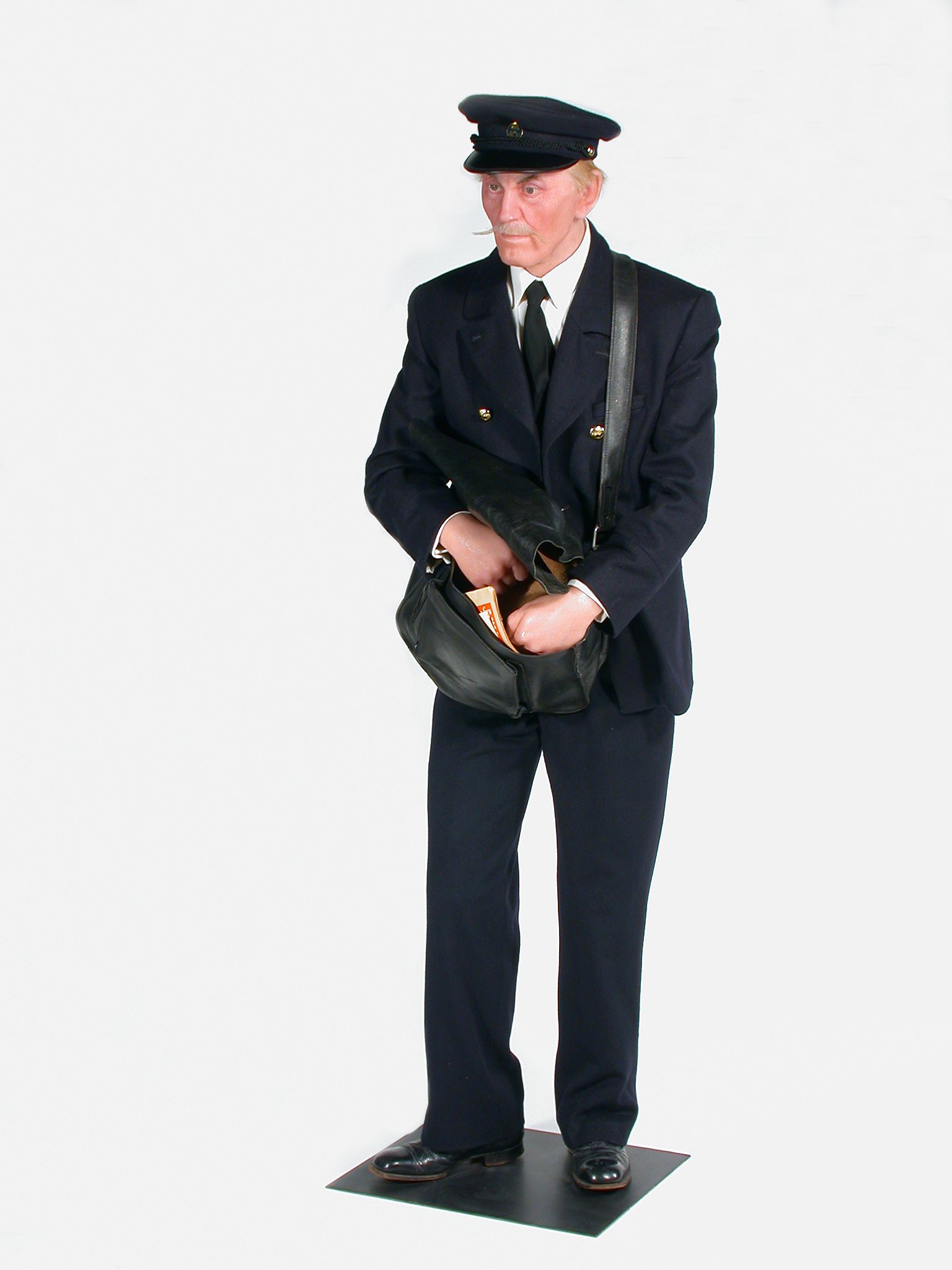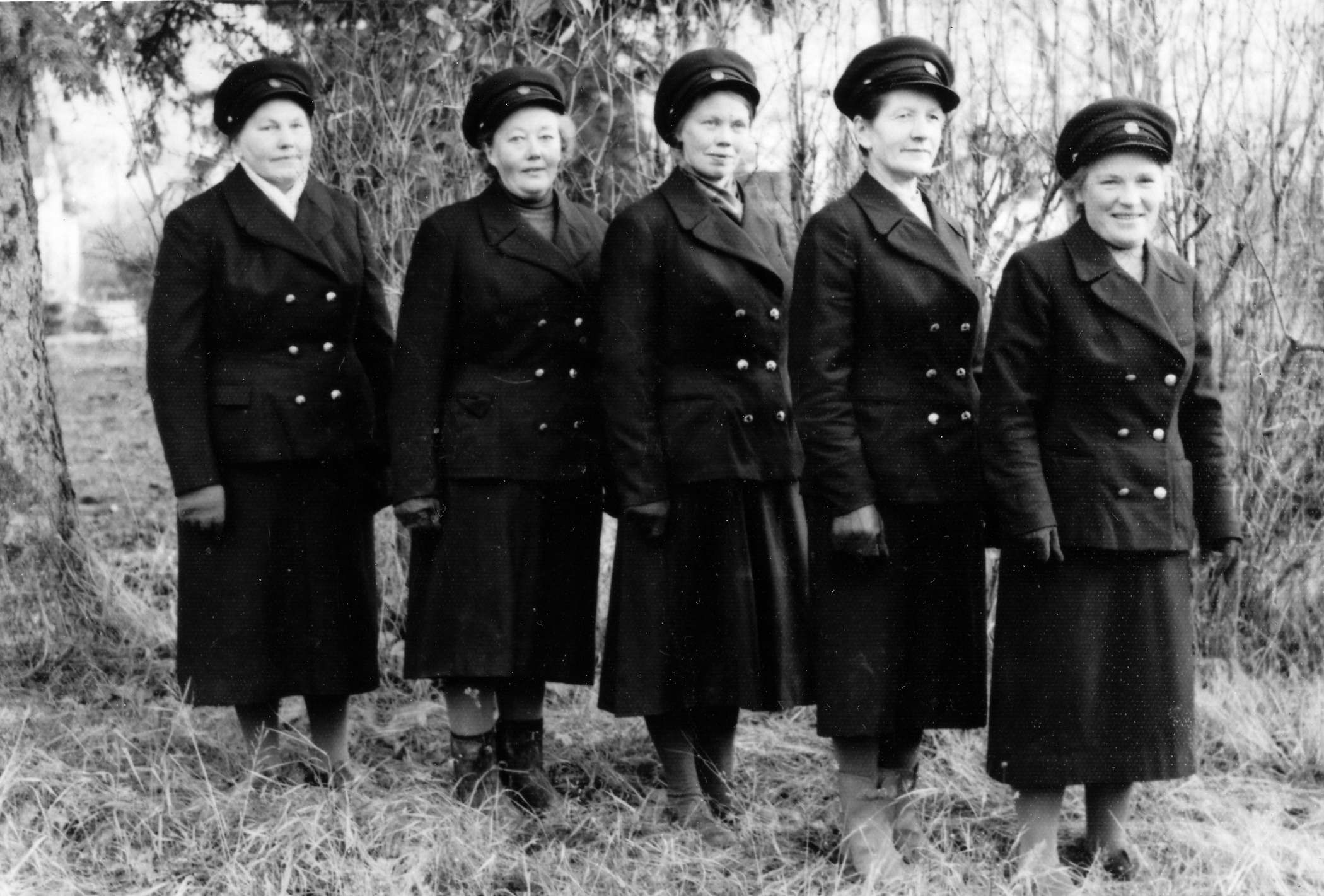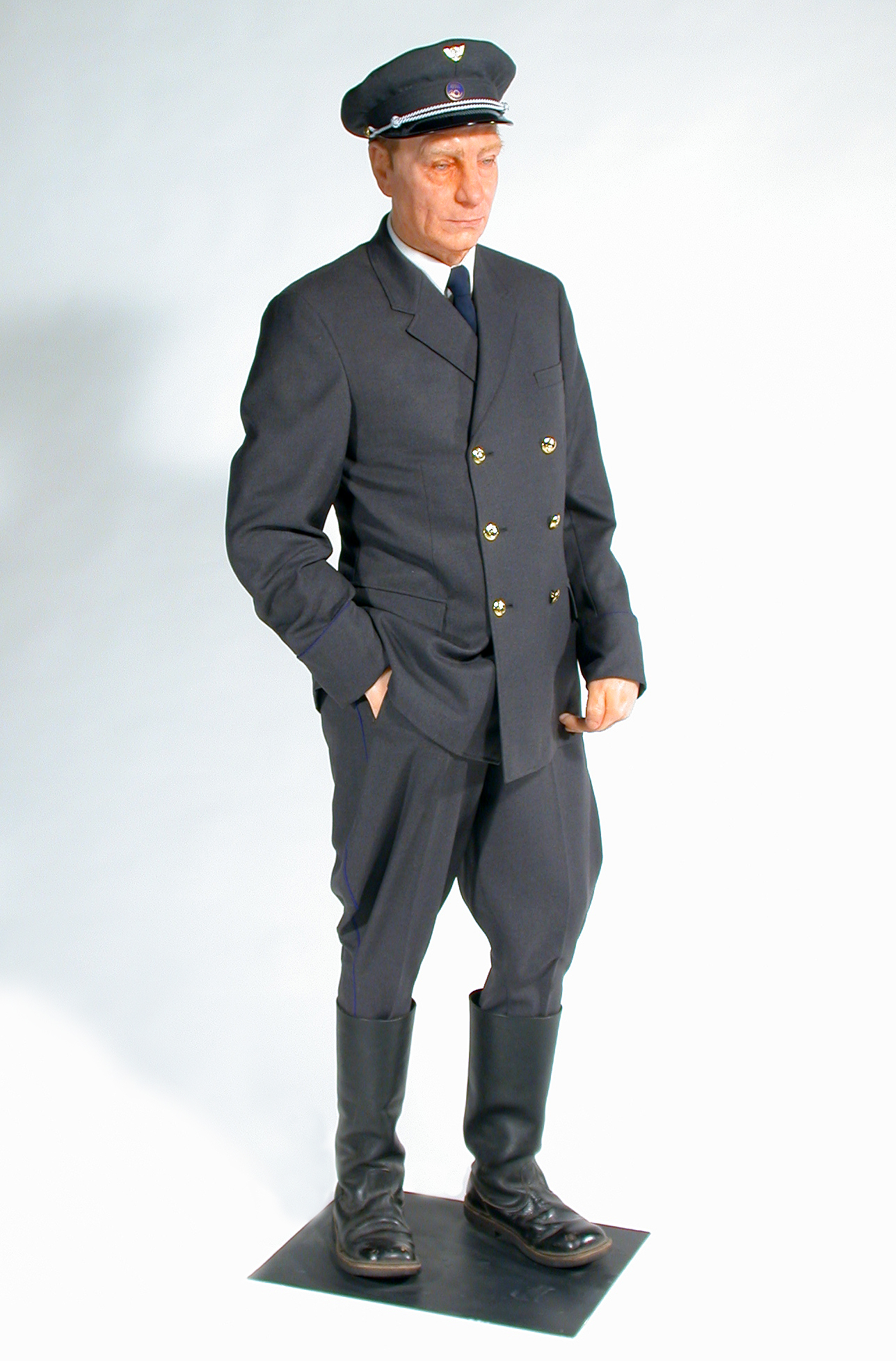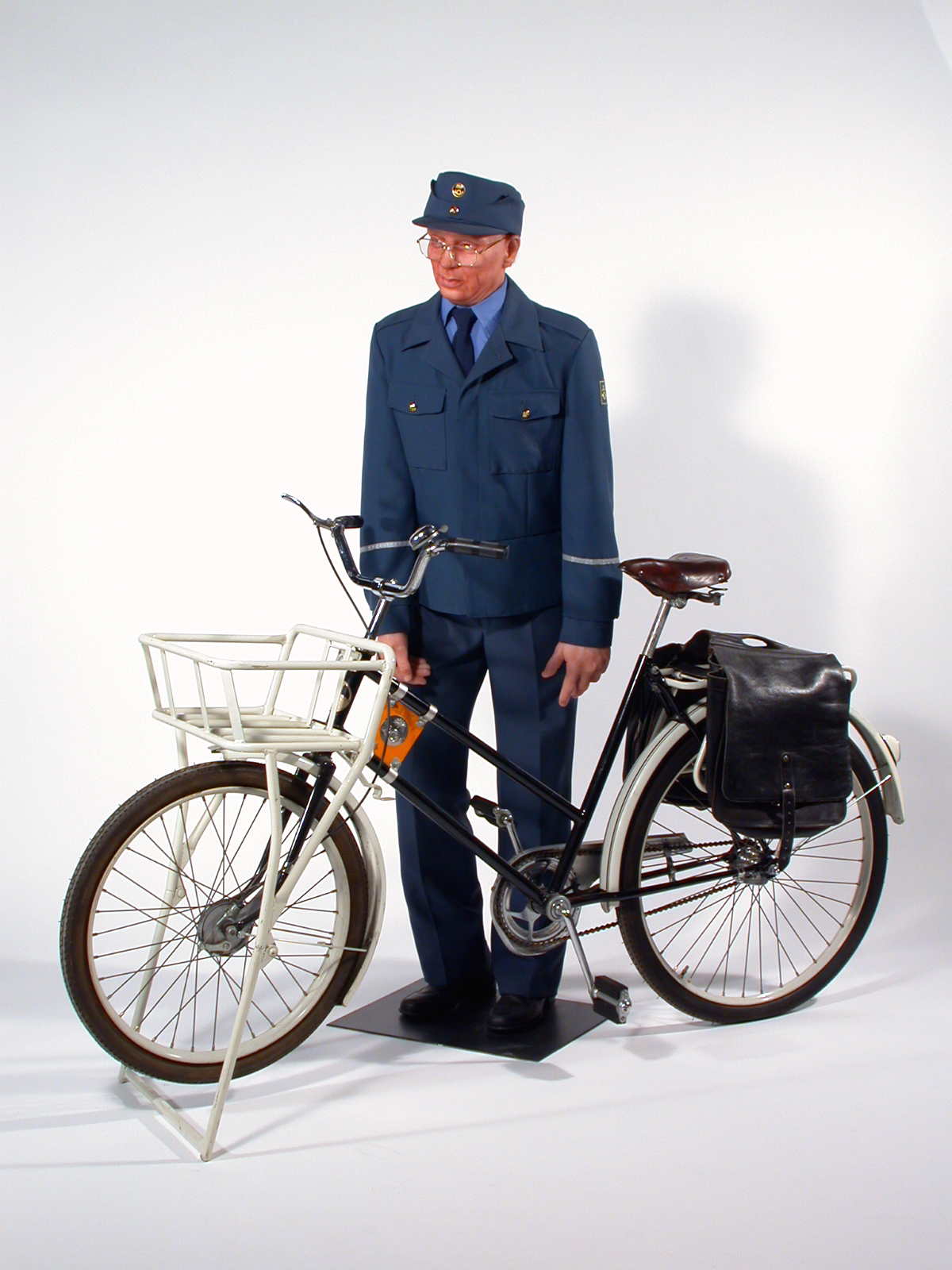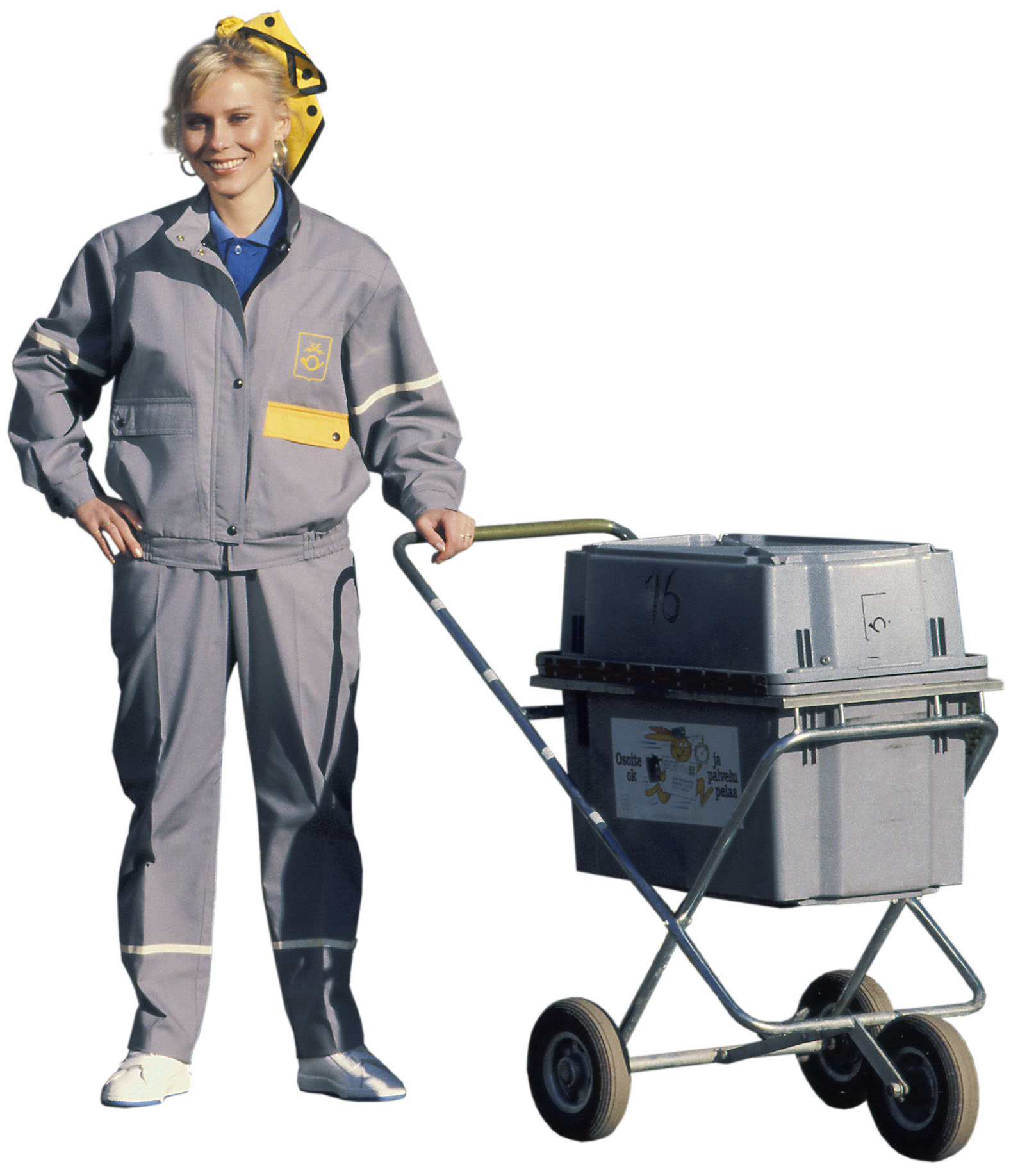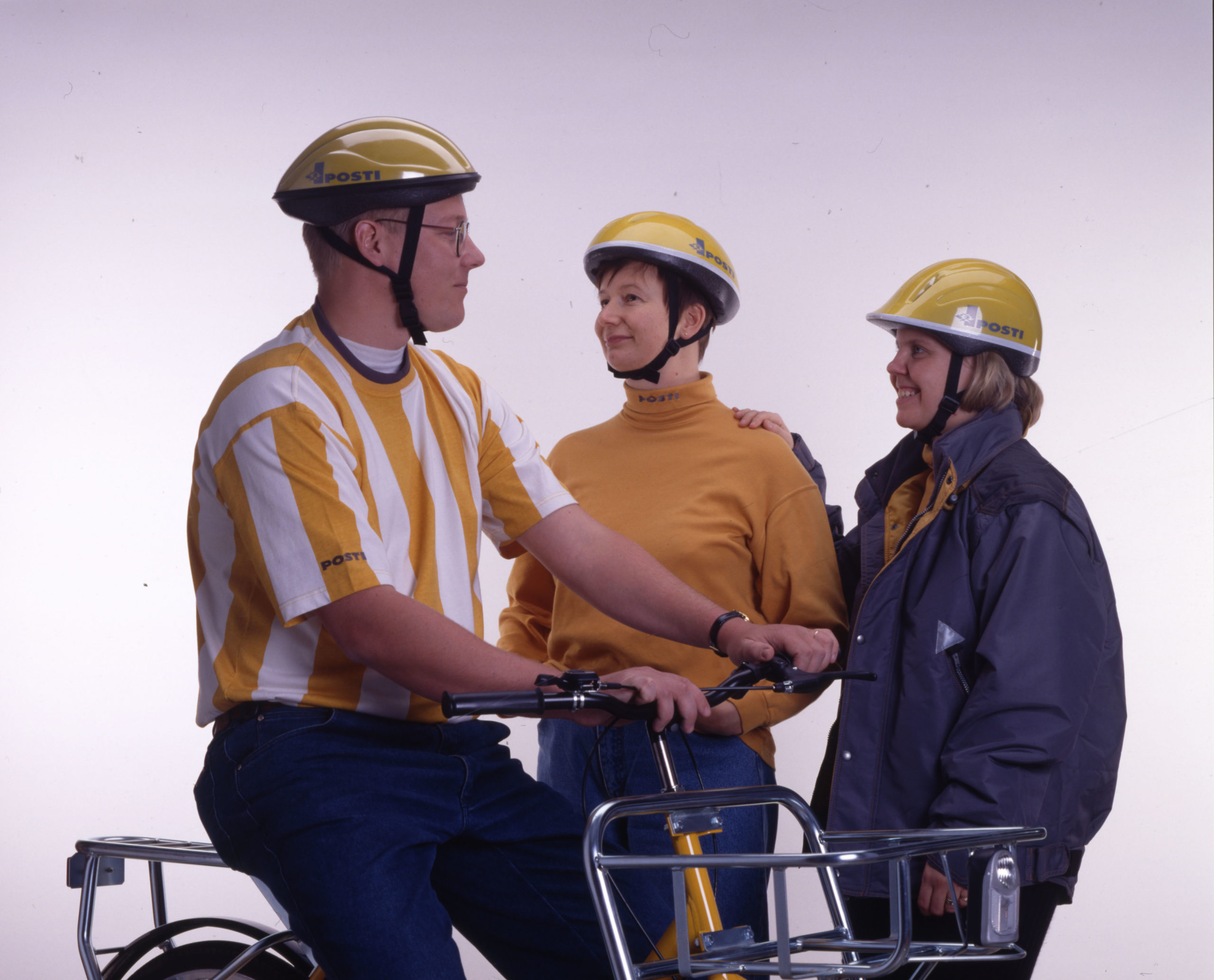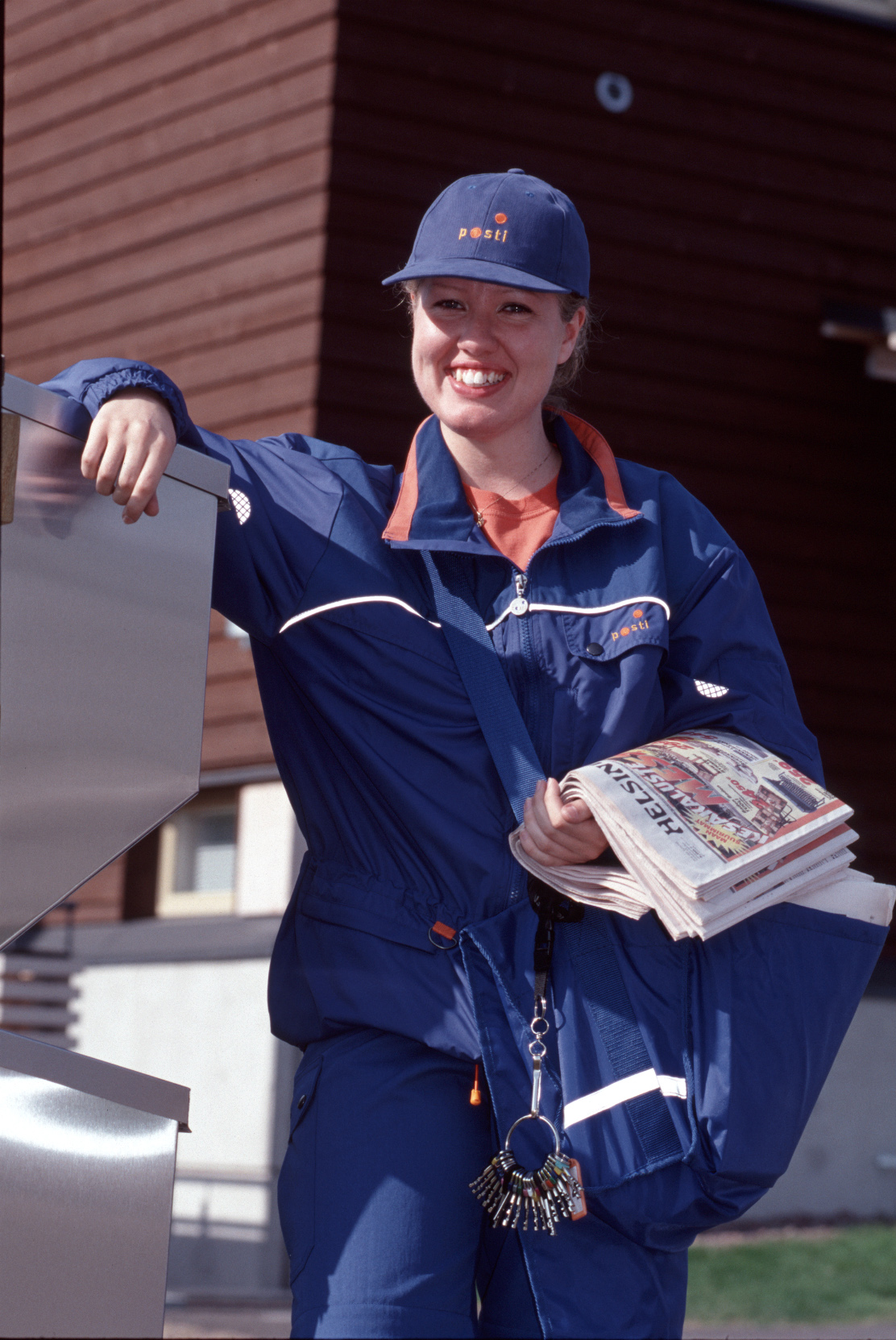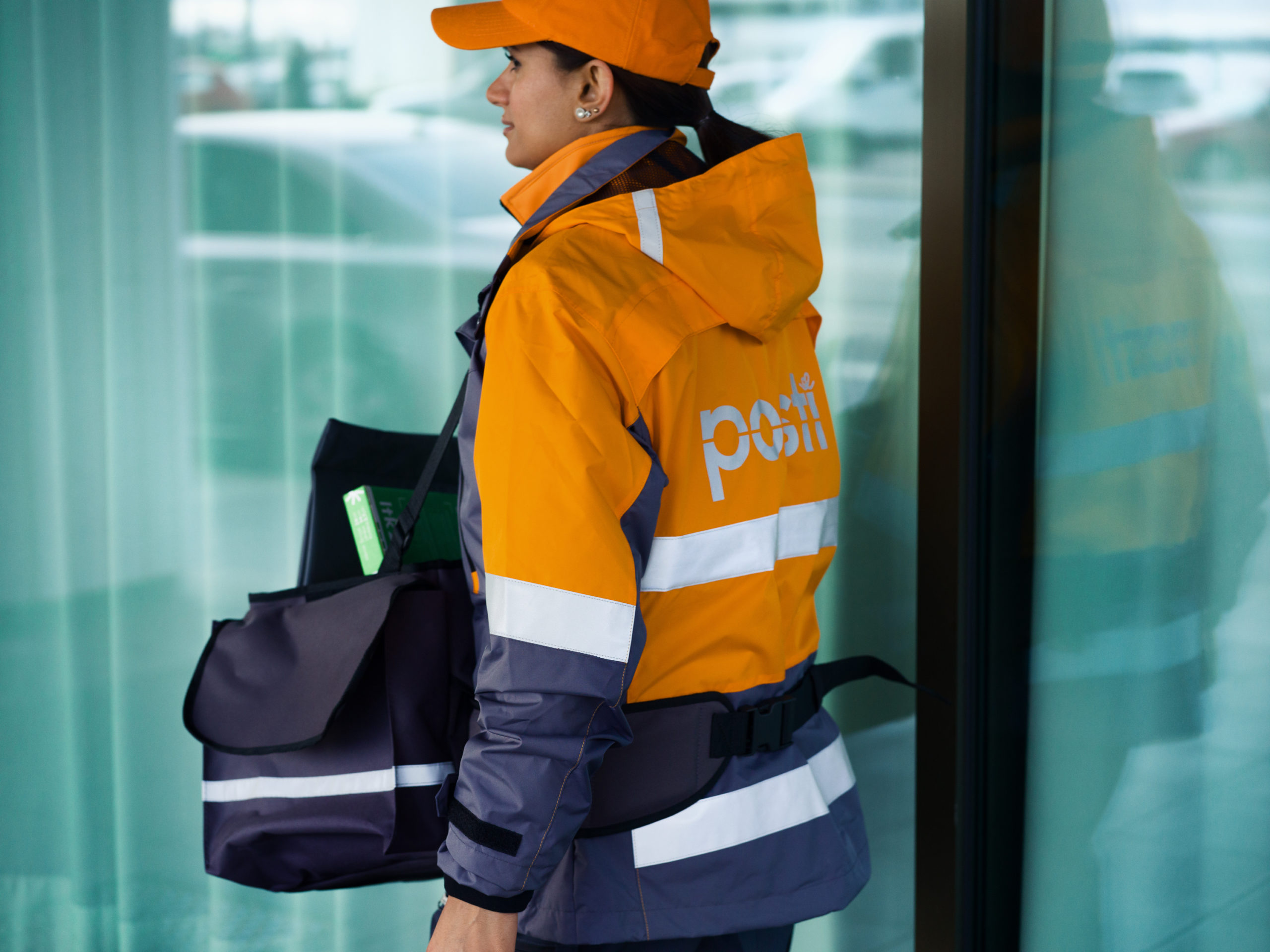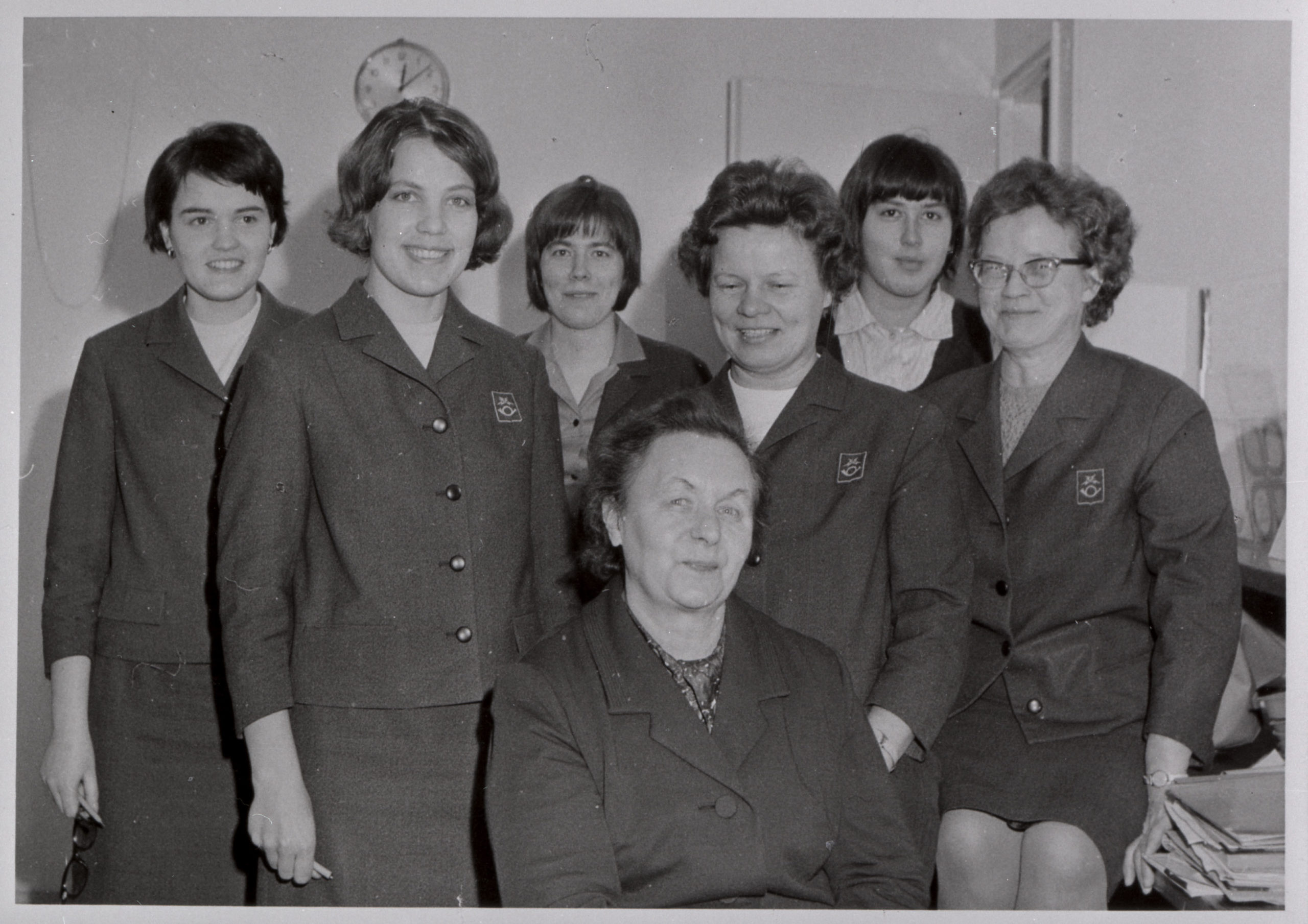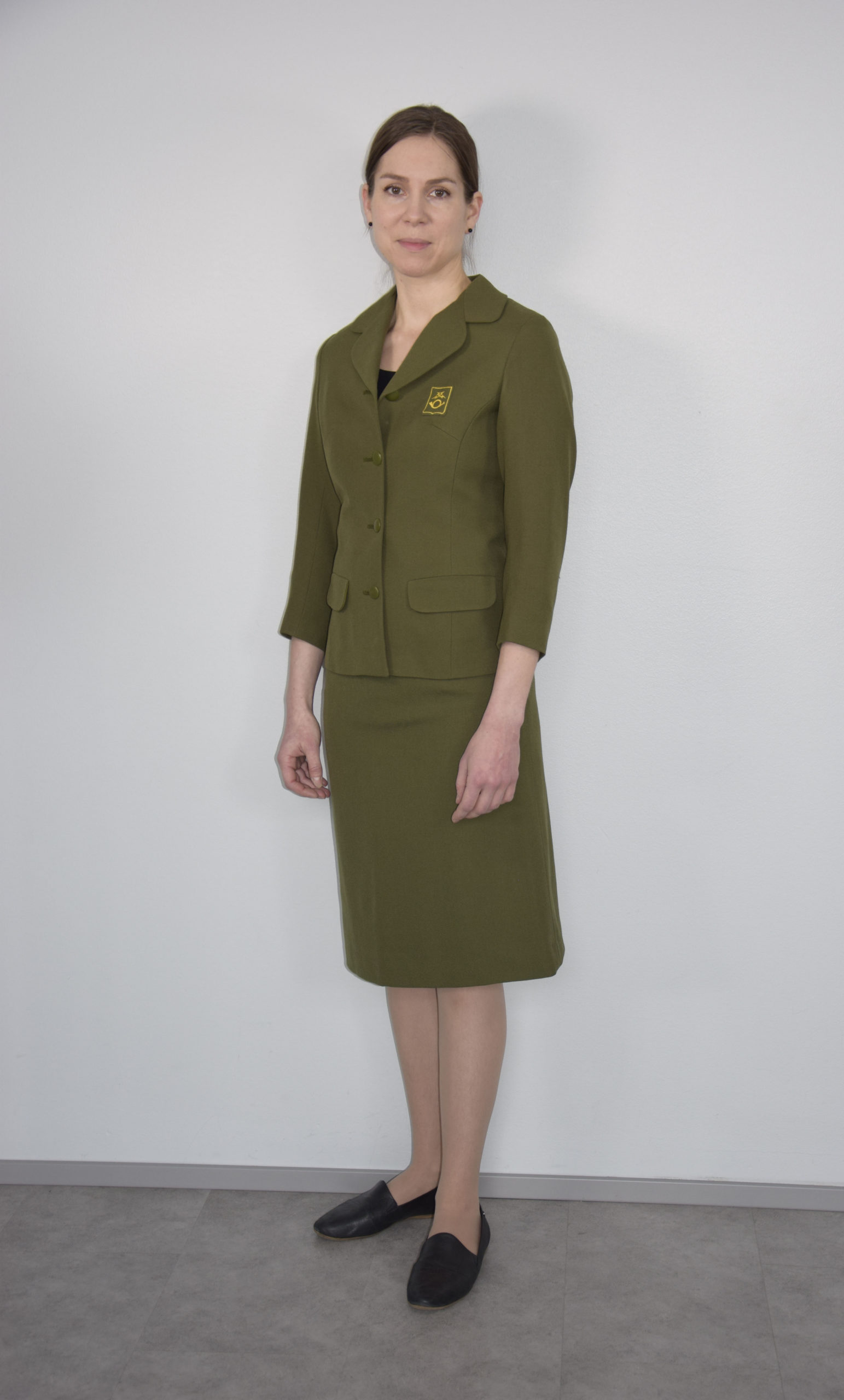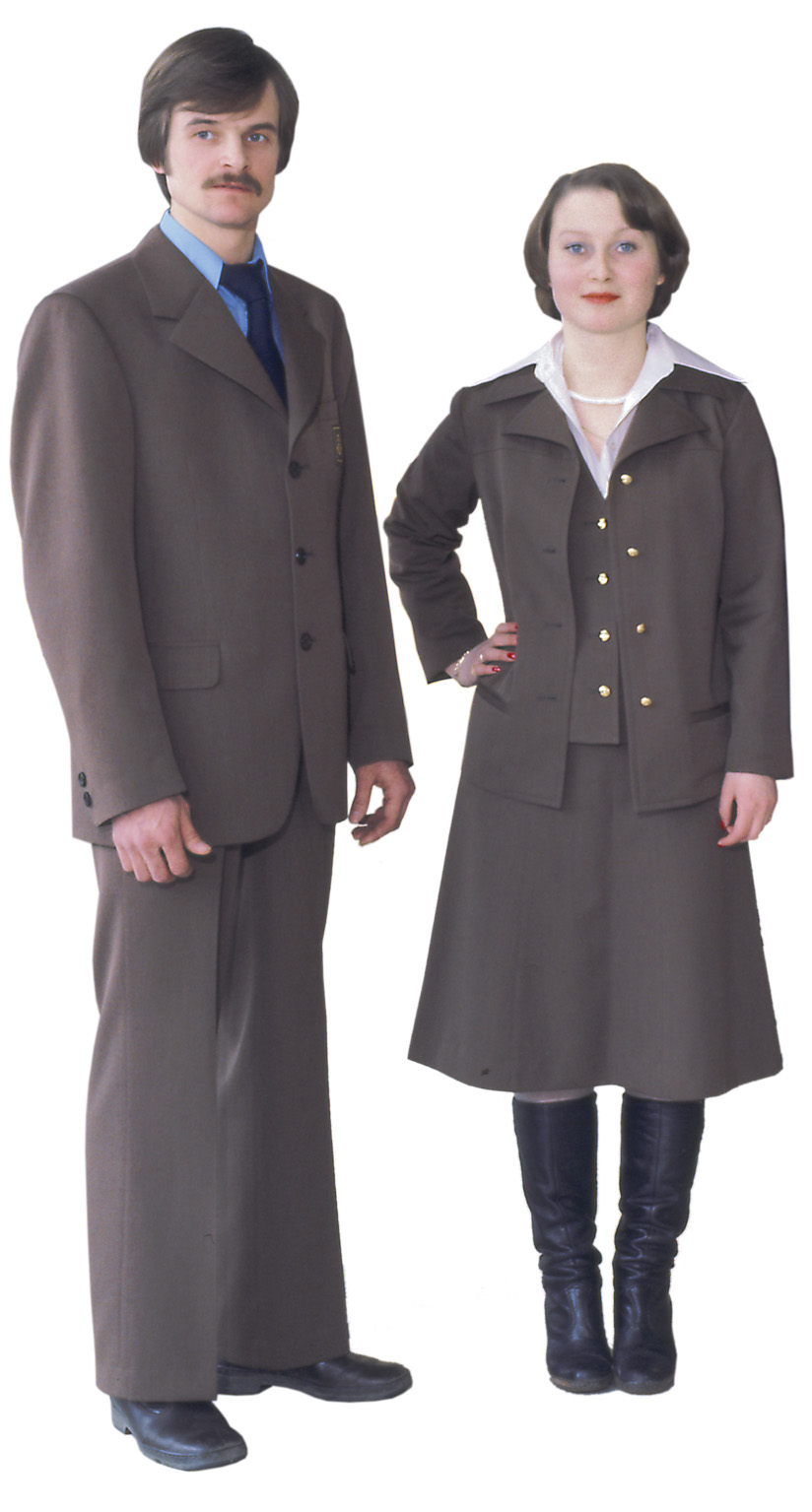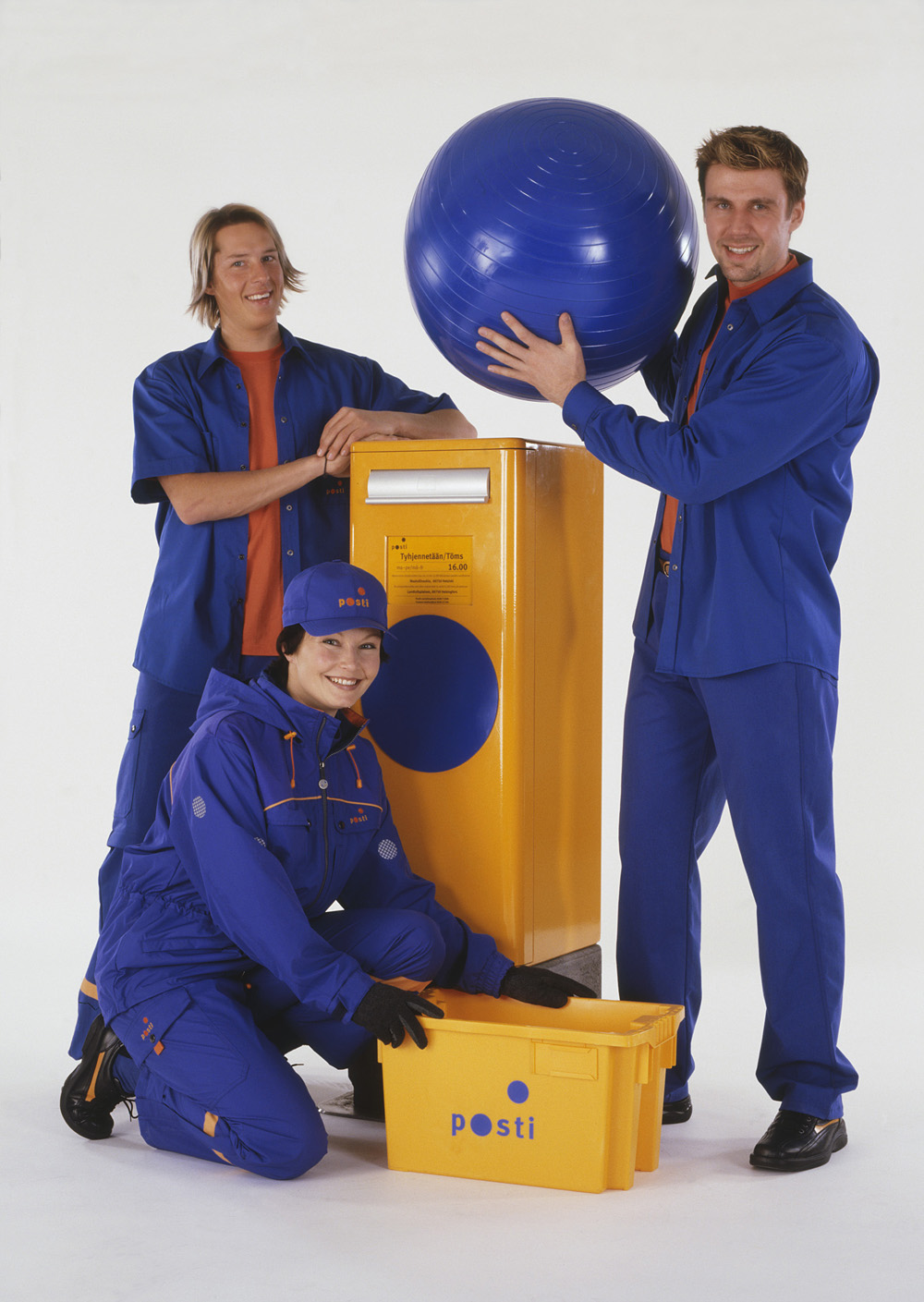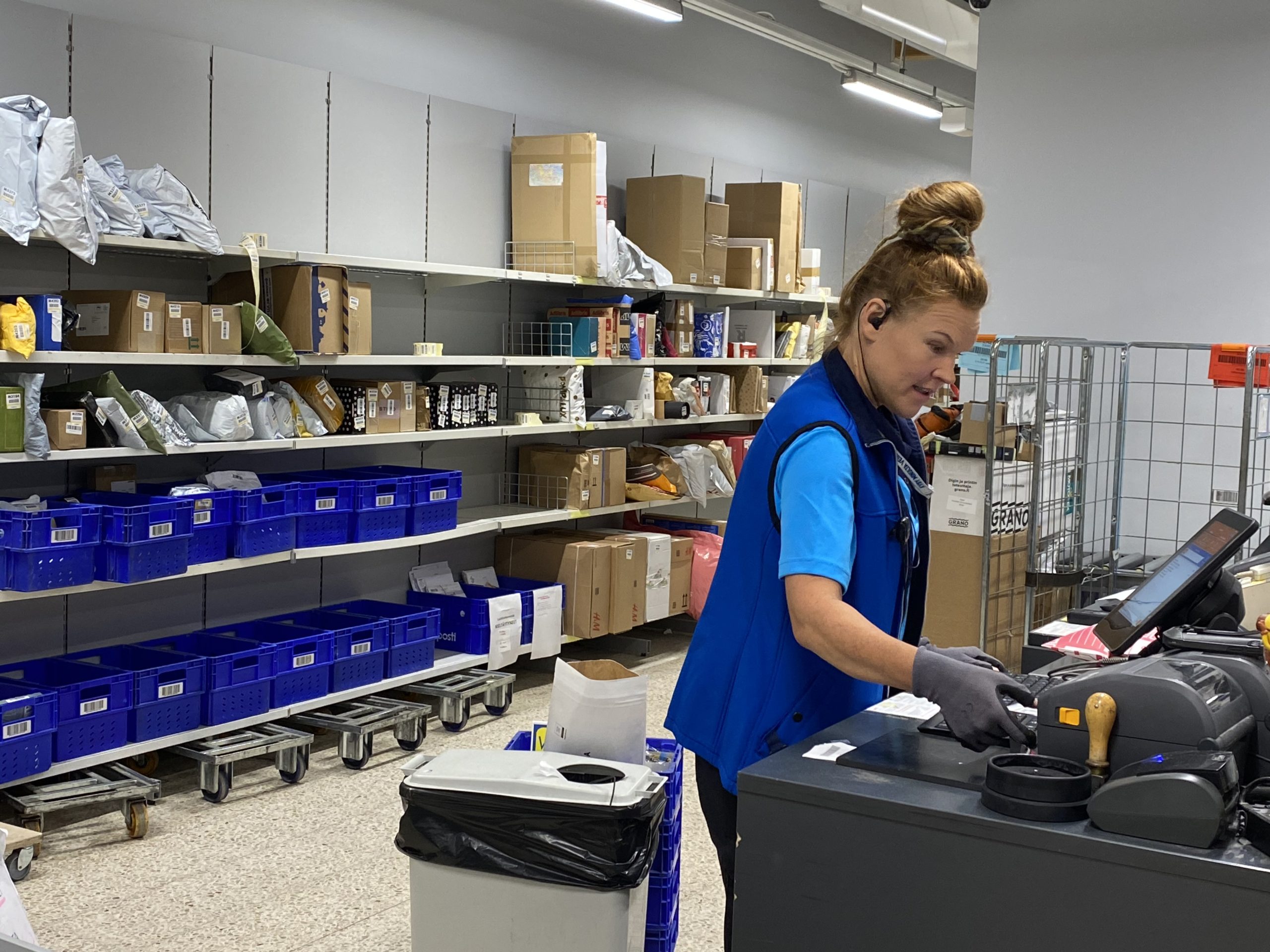Postal officials’ uniforms
The postal uniforms worn in Finland have followed the trends of European occupational uniforms since the early 19th century. Officials were not paid well, so the uniform, provided free of charge by the state, was a bonus, and it was worn for as long as possible.
In 1826, a new table of ranks was issued in which government officials were divided into 14 categories and 168 different ranks. Officials of the Finnish Post Office fell into four categories:
Class V: Postmaster General in Finland (the director of the postal services)
Class VI: Assistant to the Postmaster General
Class IX: Postal Region Secretary, Chief Accountant and Postmaster
Class X: Translator, Dispatcher, Clerc and Auditor
The 1839 decree confirmed the designs and colours of officials’ uniforms. The uniforms were dark green. The collar and cuffs were either velvet or wool, and their colour and embroidery were based on the rank of the official and the insignia of each institution.
The official tailcoat was dark green and had a black velvet collar and two columns of buttons. The vest worn by postal office employees was light yellow. Officials who needed to wear an overcoat on their travels or on official business wore a dark green surtout, or long coat, with a stand-up collar.
The uniform came with five pairs of trousers: a pair of short white trousers that were worn with white silk socks and a pair of long white trousers worn over boots; two pairs of black trousers, one short pair that were worn with black silk socks and one long pair worn over boots; and a pair of dark green long trousers worn over boots.
The embroidery on the collar and cuffs was a ribbon and ball pattern for lower officials and ivy and oak leaf decoration for officials of higher ranks. The embroidery also differed depending on whether the uniform was intended for official or ceremonial use. The uniforms were decorated with embroidery until Finland became independent.
The bicorne was the official headdress. It was made of black velour, and officials with ranks lower than fifth wore a braid stripe on the hat. The button on the hat had the same pattern as the small buttons on the uniform. A bow made of ribbons of different colours was attached to the stripe.
The turbulent political conditions in Europe in the late 1840s and the rise of the bourgeoisie influenced fashions. The bourgeoisie started to wear a surtout, which became the most distinctive attire worn by civil servants in Europe. The tailcoat and knee-length trousers were abandoned in 1856, and postal officials started to wear long trousers. The third- and fourth-class officials wore white trousers at ceremonies.












